Home>Gardening & Outdoor>Landscaping Ideas>How Long Does Weed And Grass Killer Last
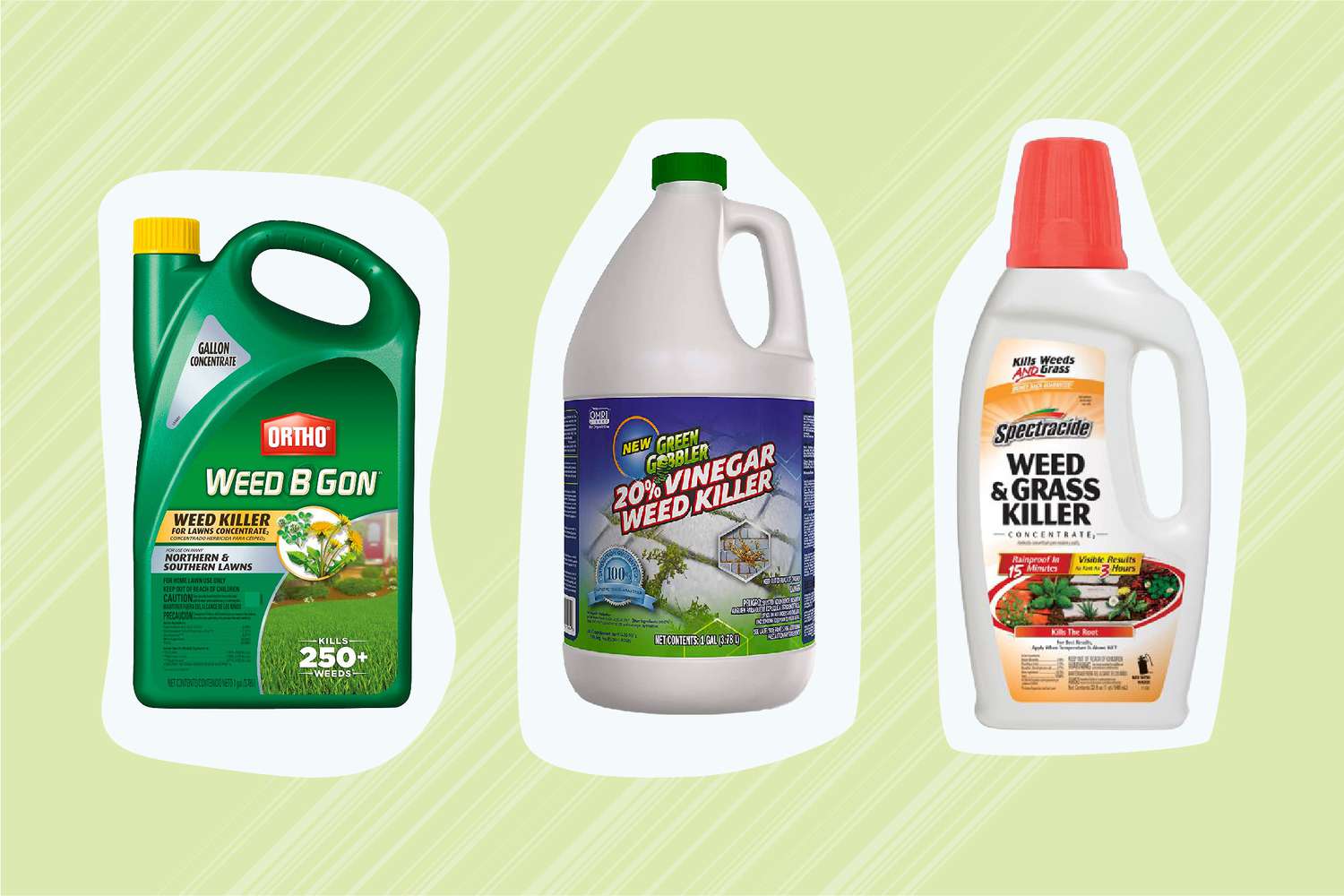

Landscaping Ideas
How Long Does Weed And Grass Killer Last
Modified: August 16, 2024
Learn how long weed and grass killer lasts for effective landscaping ideas. Find out the best strategies for long-lasting weed control.
(Many of the links in this article redirect to a specific reviewed product. Your purchase of these products through affiliate links helps to generate commission for Storables.com, at no extra cost. Learn more)
Introduction
When it comes to maintaining a pristine landscape, controlling weed and grass growth is a top priority for many homeowners and garden enthusiasts. The use of weed and grass killer has become a common practice to combat these persistent green invaders. However, understanding the longevity of weed and grass killer is crucial for effective and sustainable landscaping.
In this article, we will delve into the factors that influence the longevity of weed and grass killer, its environmental impact, and essential insights for achieving a well-manicured outdoor space. Whether you are a seasoned gardener or a novice landscaper, grasping the dynamics of weed and grass killer longevity is fundamental to nurturing a flourishing and weed-free environment.
Key Takeaways:
- Weed and grass killer’s effectiveness depends on factors like formulation, application method, and environmental conditions. Understanding these factors helps maintain a weed-free landscape while minimizing environmental impact.
- Careful use of weed and grass killer is crucial to prevent harm to non-target plants and animals. Integrating different weed management methods ensures effective control while preserving the environment.
Read more: What Is A Natural Grass And Weed Killer
Understanding Weed and Grass Killer
Weed and grass killer, commonly known as herbicide, is a chemical substance designed to eradicate unwanted vegetation. It works by disrupting essential plant processes, ultimately leading to the demise of the targeted weeds and grass. The active ingredients in weed and grass killer vary among products, with common components including glyphosate, 2,4-D, and dicamba.
These potent chemicals are formulated to penetrate the leaves and stems of plants, effectively translocating to the root system and impeding growth. Weed and grass killers are available in various formulations, such as concentrated liquids, ready-to-use sprays, and granular applications, catering to diverse landscaping needs.
The longevity of weed and grass killer refers to the duration of its effectiveness in controlling vegetation. Factors such as formulation, application method, environmental conditions, and the type of targeted plants significantly influence the persistence of the herbicidal effects.
Understanding the mechanism of action and the specific attributes of different weed and grass killer products is essential for making informed decisions regarding application frequency and long-term weed management strategies. With a comprehensive grasp of these fundamentals, homeowners and landscaping professionals can optimize the use of herbicides while minimizing environmental impact.
Factors Affecting Longevity
The longevity of weed and grass killer is contingent upon a multitude of factors that collectively determine the duration of its efficacy. Understanding these variables is pivotal for maximizing the benefits of herbicidal applications while mitigating potential drawbacks.
- Formulation: The formulation of the weed and grass killer plays a pivotal role in its longevity. Concentrated liquid herbicides, when appropriately diluted and applied, tend to exhibit prolonged effectiveness compared to ready-to-use sprays. Granular formulations may persist in the soil for an extended period, offering lasting control of emerging weeds.
- Application Method: The method of application significantly influences the duration of herbicidal activity. Foliar sprays directly target the leaves and stems of unwanted vegetation, providing rapid but relatively short-term control. In contrast, soil-drench applications can extend the residual effects of the weed and grass killer, offering prolonged suppression of weed growth.
- Environmental Conditions: Environmental factors, including temperature, humidity, and rainfall, profoundly impact the longevity of weed and grass killer. Herbicidal efficacy may diminish more rapidly in excessively wet or dry conditions, necessitating adjustments in application frequency and dosage to maintain optimal control.
- Type of Plants: The type and resilience of the targeted plants influence the persistence of herbicidal effects. Perennial weeds with extensive root systems may require repeated applications over time to achieve sustained control, whereas annual weeds might succumb to a single treatment with lasting suppression.
- Soil Composition: The composition and properties of the soil can influence the adsorption and degradation of herbicides. Factors such as soil pH, organic matter content, and microbial activity can impact the longevity of weed and grass killer, necessitating tailored approaches for optimizing herbicidal efficacy.
By meticulously considering these factors, homeowners and landscaping practitioners can devise strategic approaches to weed and grass killer applications, ensuring prolonged and effective control of unwanted vegetation while safeguarding the surrounding environment.
Read the label on the weed and grass killer for specific information on how long it lasts. Factors like weather, soil, and application can affect its effectiveness. Always follow the recommended application and reapplication guidelines for best results.
Environmental Impact
While weed and grass killers offer an effective means of controlling unwanted vegetation, their usage necessitates a conscientious approach to minimize environmental impact. Understanding the potential repercussions of herbicide application is essential for fostering a sustainable and ecologically balanced landscape.
One of the primary environmental considerations associated with weed and grass killers is the risk of runoff and leaching. Excessive application or application during periods of heavy rainfall can lead to the transportation of herbicidal residues into water bodies, potentially impacting aquatic ecosystems and non-target plants. Furthermore, the persistence of certain herbicides in the soil can pose long-term threats to soil health and microbial communities, necessitating prudent management practices.
Another aspect of environmental impact pertains to non-target organisms, including beneficial insects, wildlife, and domestic pets. Careful application and adherence to label instructions are imperative for minimizing unintended harm to non-target species. Additionally, the potential accumulation of herbicidal residues in forage crops and pasturelands underscores the importance of judicious herbicide use in agricultural settings.
Furthermore, the development of herbicide-resistant weeds due to prolonged and indiscriminate use of weed and grass killers underscores the significance of integrated weed management strategies. Rotating herbicidal modes of action, incorporating non-chemical control methods, and promoting diverse plant communities can mitigate the emergence of resistant weed populations, ensuring the long-term efficacy of weed control measures.
Considering the broader ecological implications, the prudent selection of weed and grass killer products, coupled with strategic application practices, can uphold the balance between effective weed management and environmental stewardship. By embracing a holistic approach that integrates chemical control with cultural, mechanical, and biological methods, homeowners and landscaping professionals can foster resilient and harmonious landscapes while minimizing the ecological footprint of weed and grass killer usage.
Conclusion
The longevity of weed and grass killer is a pivotal consideration for achieving effective and sustainable weed management in landscaping and agricultural settings. By comprehensively understanding the factors influencing herbicidal persistence, individuals can optimize the efficacy of weed and grass killer applications while mitigating potential environmental impact.
Formulation, application method, environmental conditions, plant characteristics, and soil composition collectively shape the longevity of weed and grass killer, necessitating tailored approaches for maximizing herbicidal efficacy. Strategic considerations, such as selecting the appropriate herbicide formulation and application timing, can significantly influence the duration of weed control, offering prolonged suppression of unwanted vegetation.
Furthermore, the environmental impact of weed and grass killers underscores the importance of conscientious application practices. Minimizing runoff, preventing non-target harm, and mitigating herbicide resistance through integrated weed management strategies are essential for fostering ecologically responsible weed control measures.
Ultimately, achieving a balance between effective weed management and environmental stewardship requires a holistic approach that integrates chemical control with cultural, mechanical, and biological methods. By embracing a multifaceted weed management strategy, individuals can cultivate flourishing landscapes while safeguarding environmental integrity.
In conclusion, a nuanced understanding of the longevity of weed and grass killer empowers homeowners, gardeners, and agricultural practitioners to cultivate thriving outdoor spaces while upholding environmental sustainability.
Frequently Asked Questions about How Long Does Weed And Grass Killer Last
Was this page helpful?
At Storables.com, we guarantee accurate and reliable information. Our content, validated by Expert Board Contributors, is crafted following stringent Editorial Policies. We're committed to providing you with well-researched, expert-backed insights for all your informational needs.
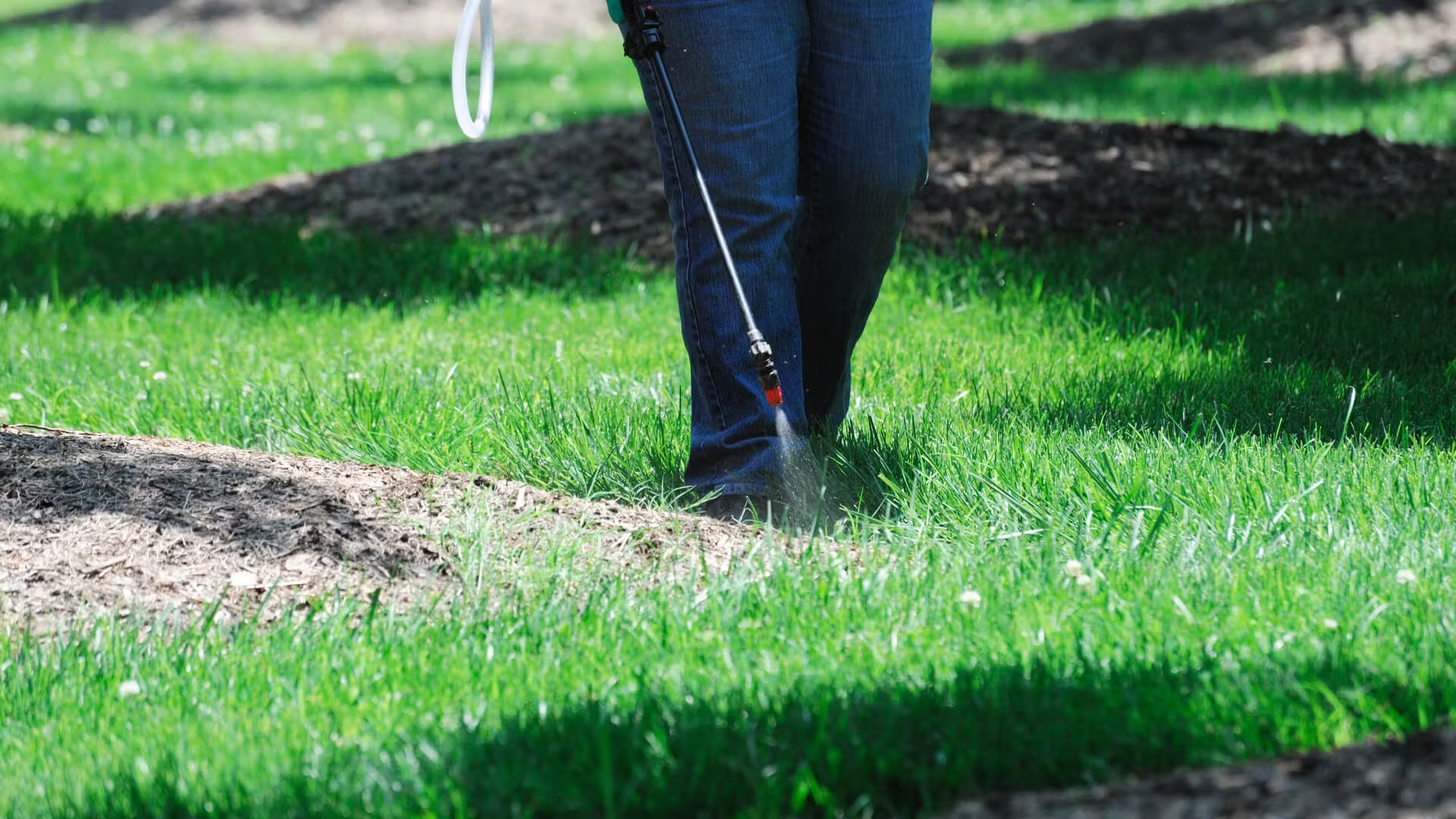
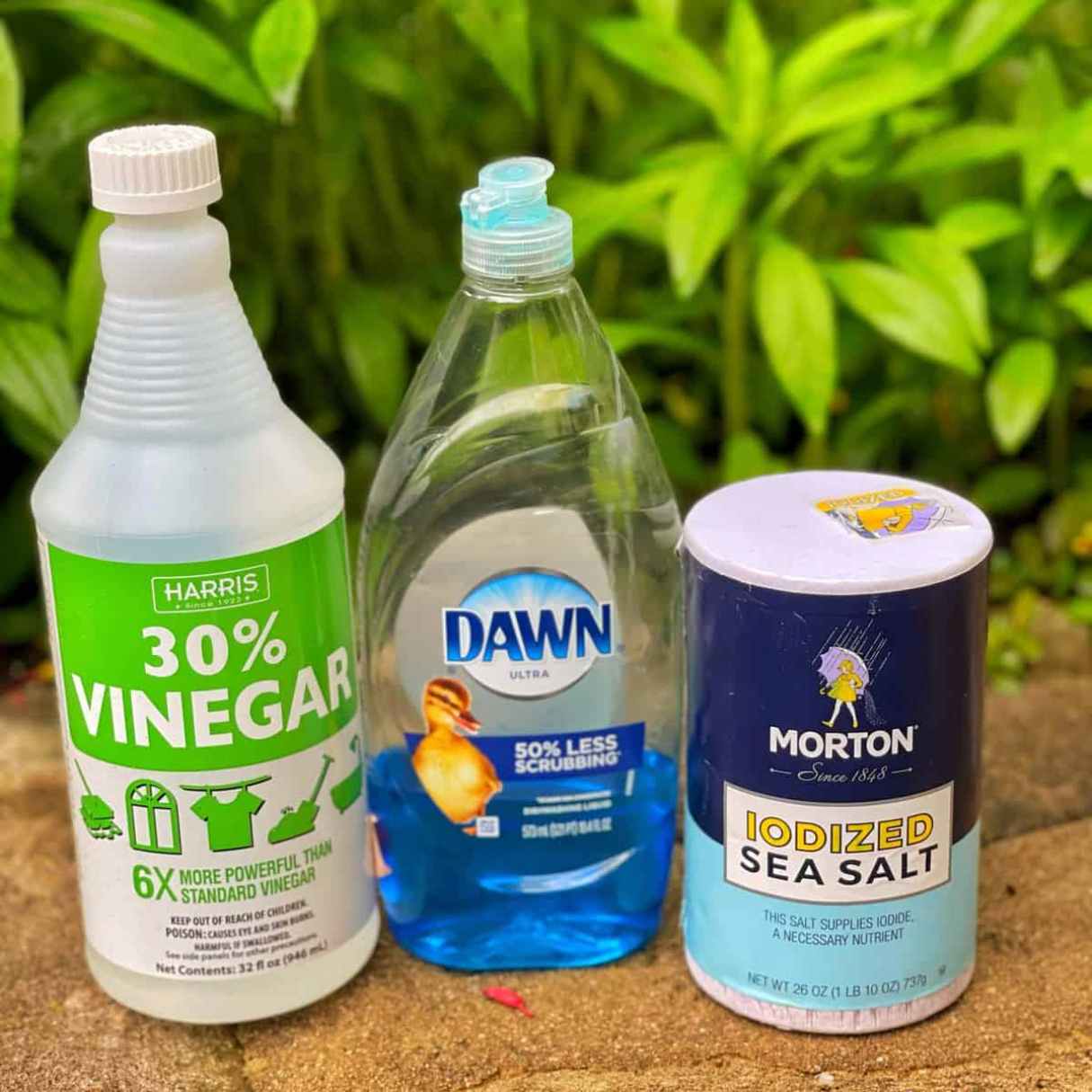
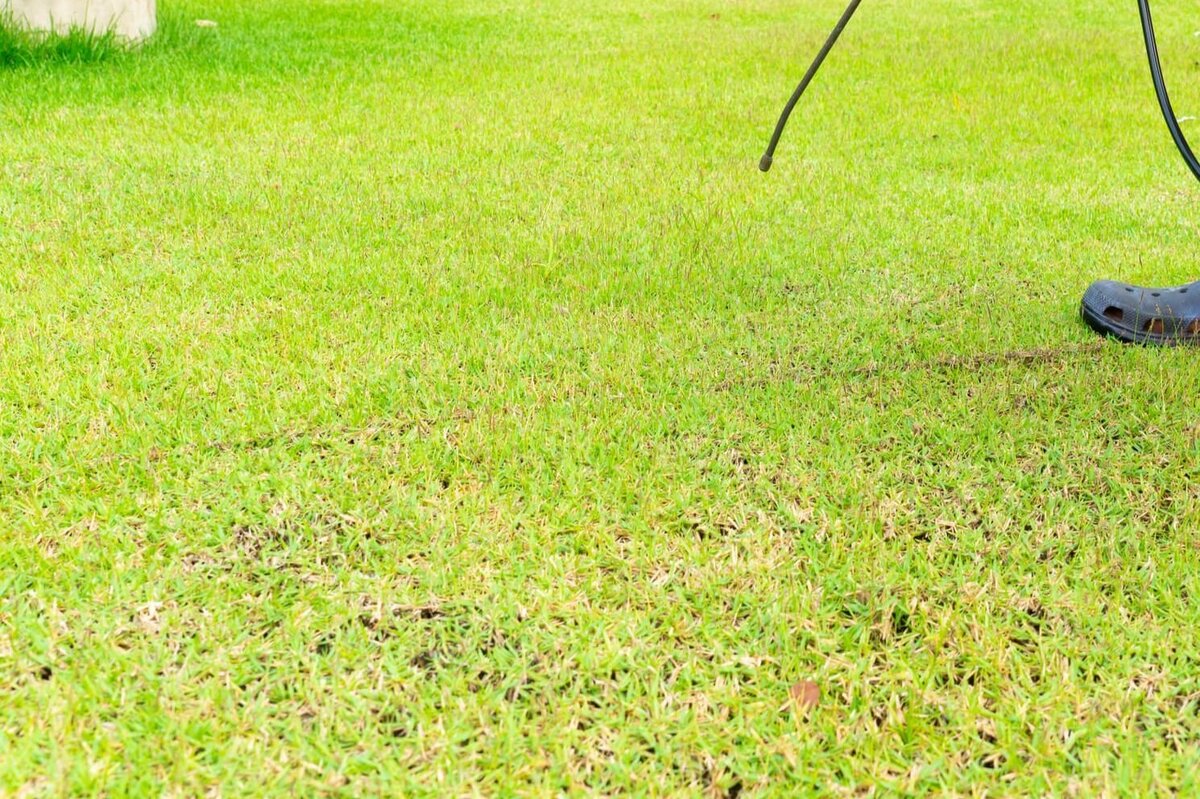
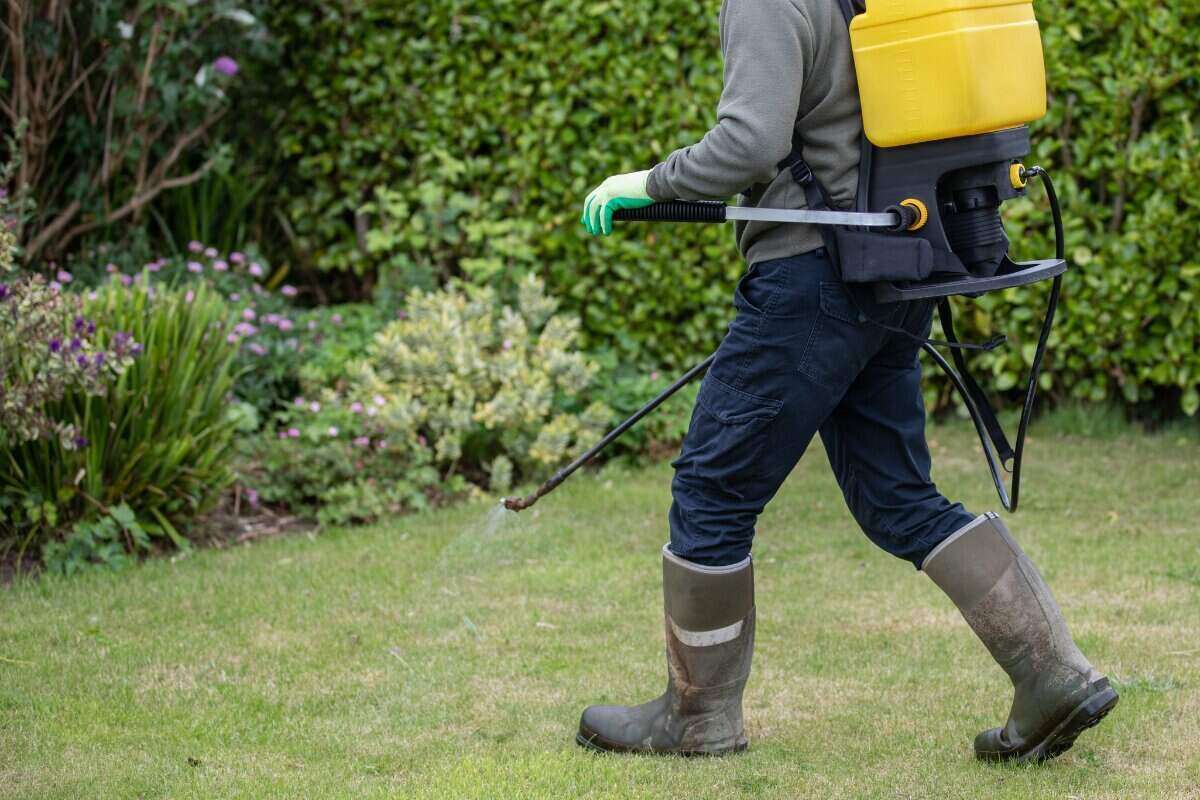
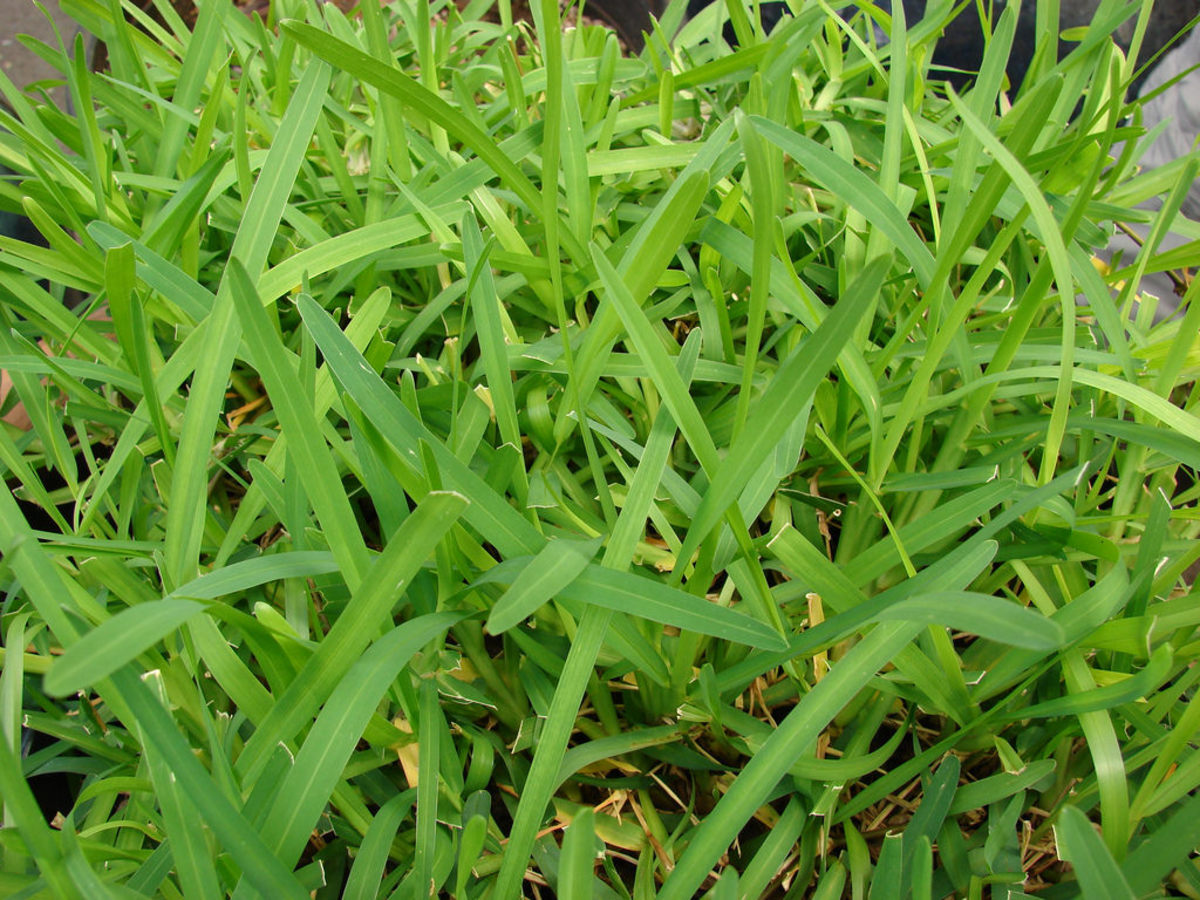
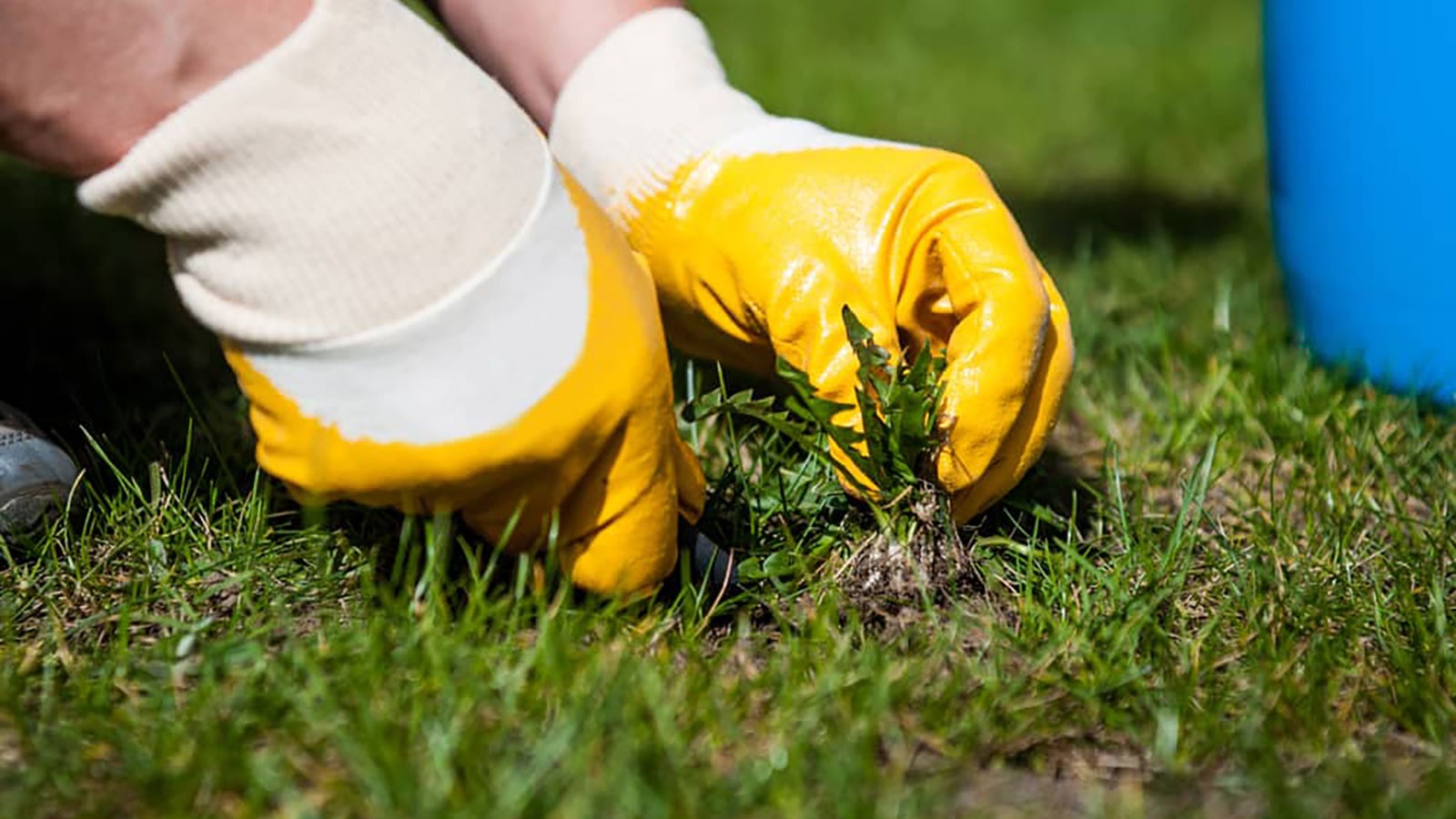
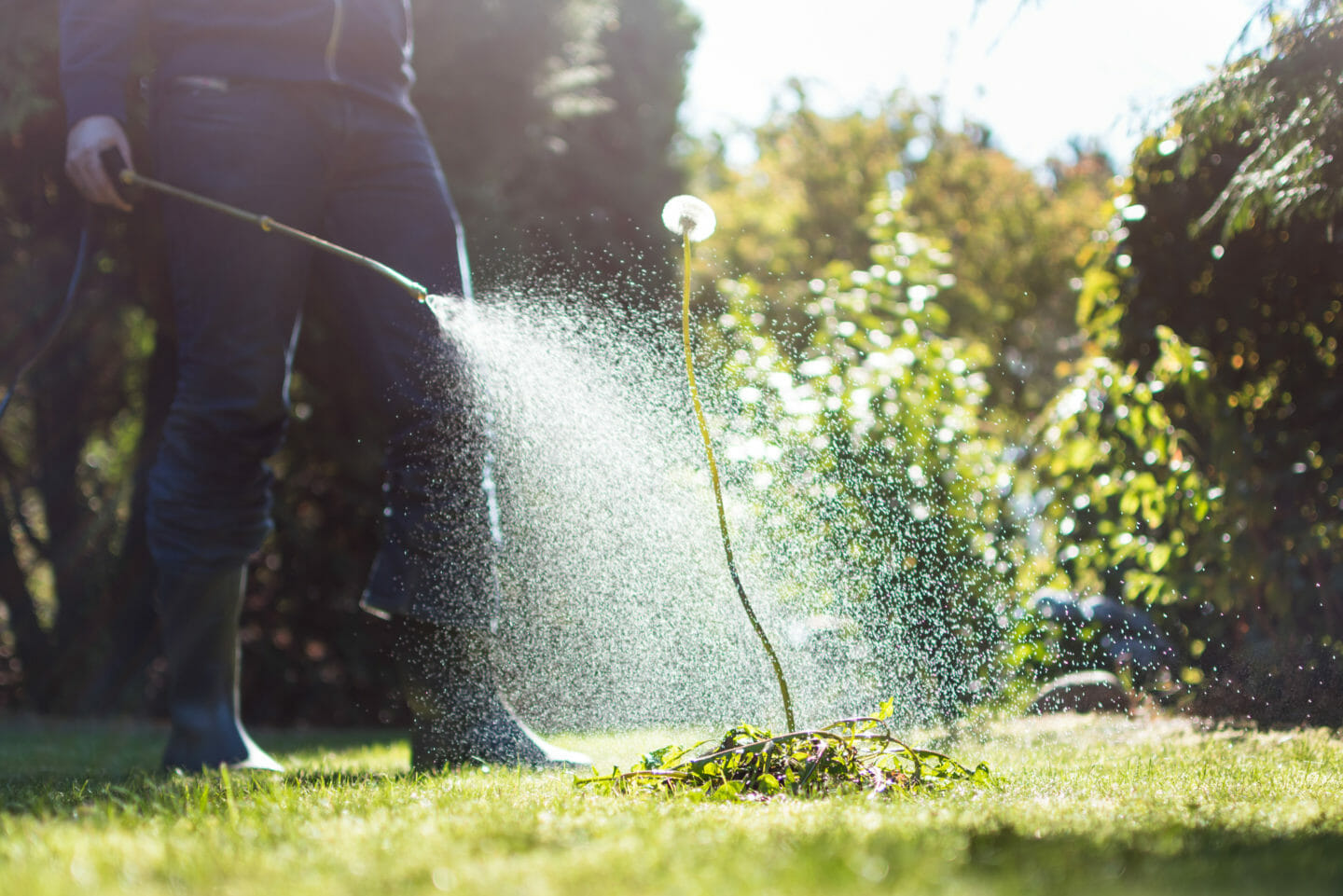
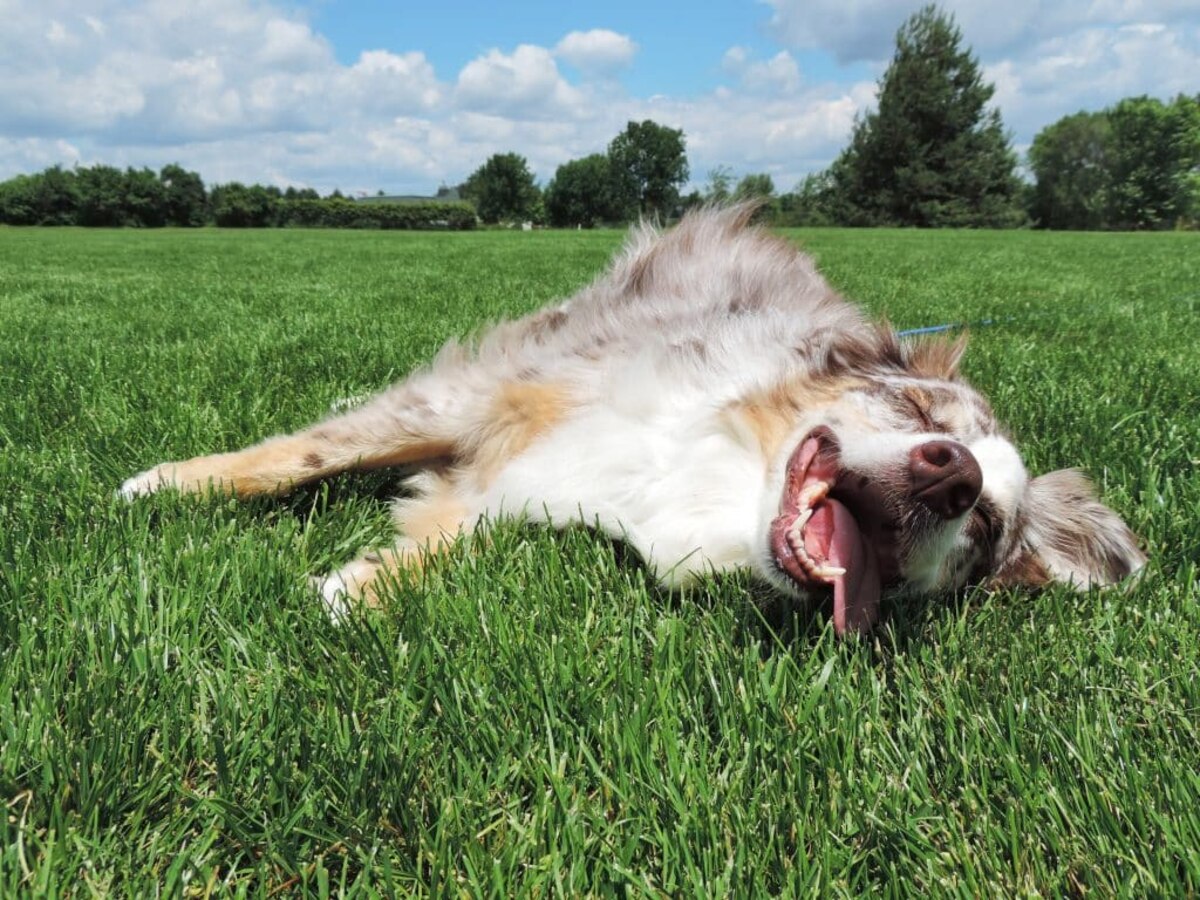
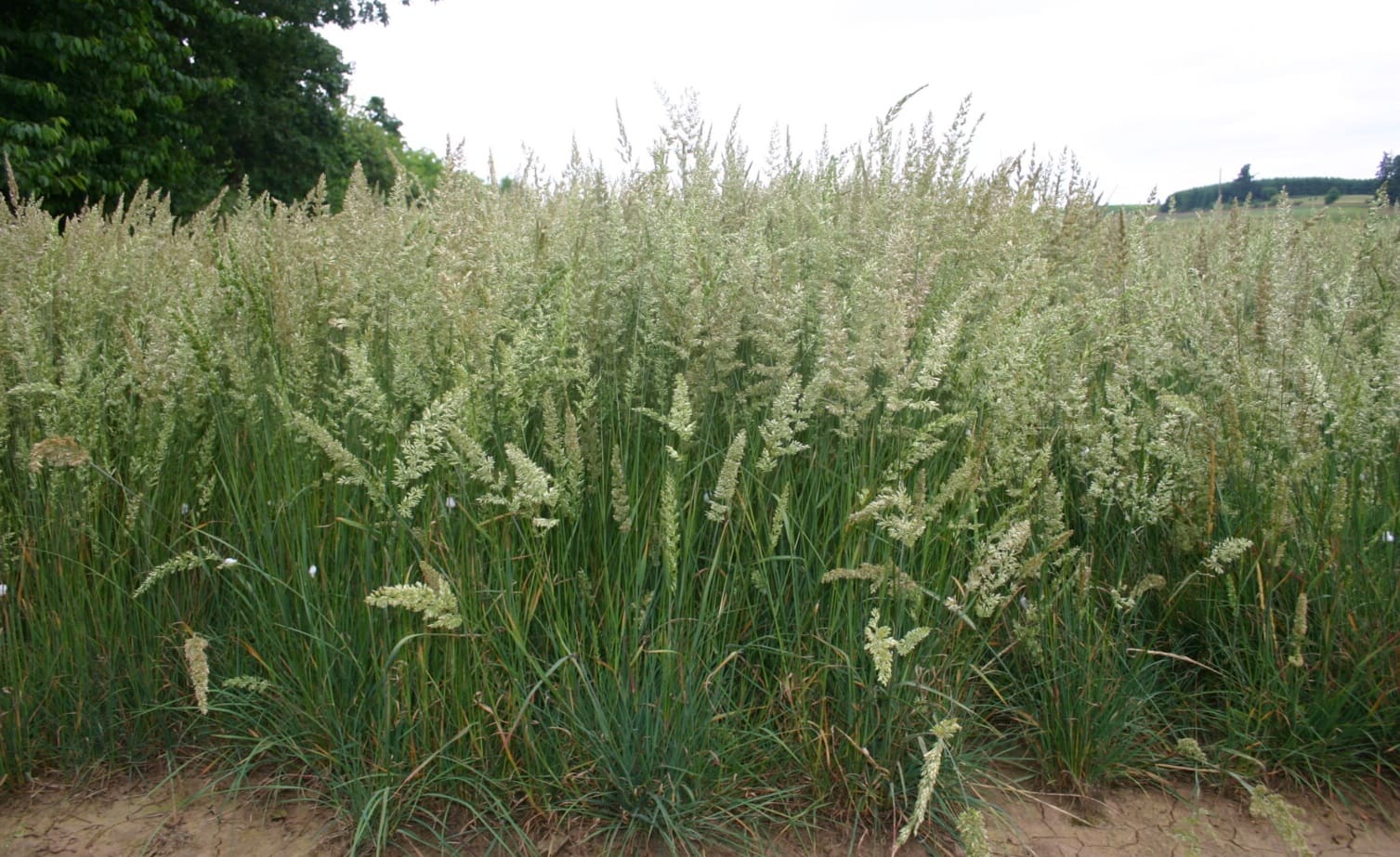







0 thoughts on “How Long Does Weed And Grass Killer Last”